Cause and Effect: "Getting Started
on Saving the Everglades"
Unit Overview
The
learning objective of this lesson is for you to analyze and understand
cause-and-effect relationships in a reading passage while identifying and
correctly using verb forms such as gerunds, participles, and infinitives.
Additionally, you will expand your reading vocabulary by actively engaging with
the text and acquiring new words through context and inference. By the end of
this unit, you will be able to recognize cause-and-effect patterns, utilize
different verb forms accurately, and effectively employ new vocabulary to
enhance your reading comprehension skills.
Cause and Effect
A cause
is why something happens.
An effect
is the result or what happened.
Authors use
cause
and effect to show what happened and why.
Cause and
effect are fundamental concepts in storytelling and writing. Authors often use cause-and-effect
relationships to provide structure and coherence to their narratives. Establishing
a cause and showing its effect can create a chain of events that drives the
plot forward and helps readers understand the motivations and consequences of the
characters' actions.
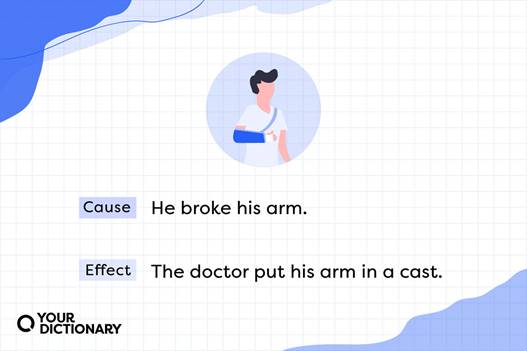
Cause is the reason or event
leading to another event or action. It can be an action, a decision, a
circumstance, or any other factor that initiates a sequence of events. The
cause sets the stage for what follows and provides the context for
understanding subsequent developments in the story.
Effect, on the other hand, refers
to the result or outcome that occurs as a consequence of the cause. It can be a
specific event, a change in circumstances, a character's emotional response, or
any other observable or inferred outcome. The effect is the direct or indirect
consequence of the cause, and it helps advance the plot, develop characters,
and shape the overall narrative.
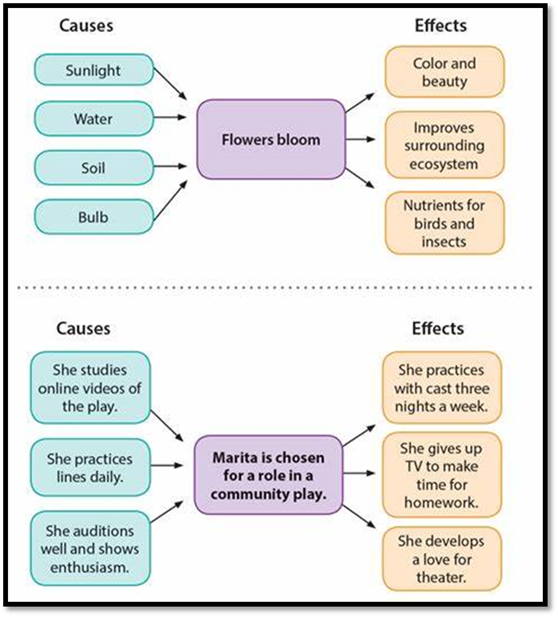
By
employing cause-and-effect relationships, authors can create a logical
progression of events, establish character motivations, build suspense or
tension, explore themes and ideas, and provide a sense of cohesion and
coherence to their stories. This narrative technique allows readers to
understand the chain of events and their underlying reasons, enhancing their
engagement and comprehension of the story.
Top of Form
Let’s Practice
Verb Forms
A word is
formed from a verb but can be used as a noun, adjective, or adverb.
There are three
main verb forms:
·
Gerunds
·
Participles
·
Infinitives
Gerunds
·
Ends in "ing"
·
A verb that is used as a noun
Example:
Fishing is a great way to
spend time outdoors.
Ø
“Fishing” is an activity. Therefore, it is a noun.
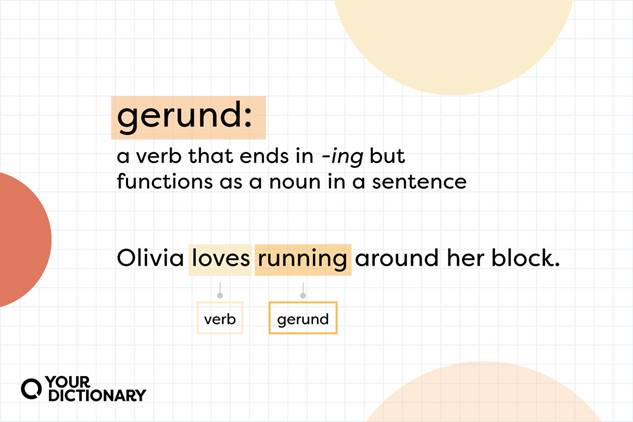
Participle
Ø Ends in “ing,” “ed,” or “en”
Ø A verb that is used as an adjective
Examples:
She took
the boiling water off the stove.
Ø "Boiling" describes the water. Therefore it is an
adjective.
The completed assignment was of high
quality.
Ø "Completed" describes the assignment. Therefore, it is
an adjective.
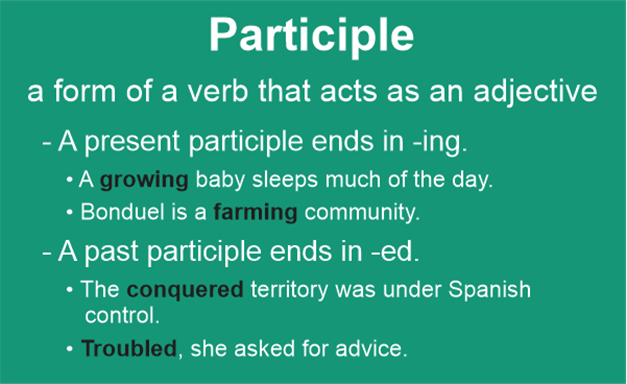
Infinitive
Ø Begins with the word "to"
followed by a verb
Ø A verb that is used as either a noun, adjective, or adverb
Example:
She didn't
want to walk all the way to her grandmother’s
house.
Ø "To walk" is the thing she didn’t want to do. Therefore,
it is used as a noun in the sentence.
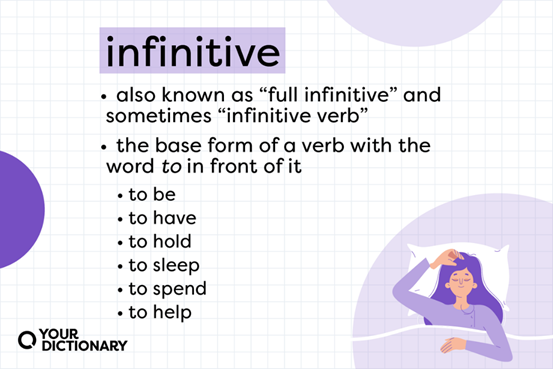
Let’s Practice
Vocabulary
Vocabulary Words
Click on a word to see its definition:
"Getting Started
on Saving the Everglades"
by Meg Chorliane

You will
have two ways to read and complete the activities.
1. Click here to get a download copy
of the reading activity.
2. Click here to sign up for an online version of the reading activity
through CommonLit. (Code: F6SRJ9UF)
The target
lesson will have five parts.
·
Part 1 - Warm-Up: Gallery Walk
·
Part 2 - Video to Introduce Cause and Effect
·
Part 3 - Review Today's Target: Cause and Effect
·
Part 4 - Reading and Answering Questions
·
Part 5 - Assessment